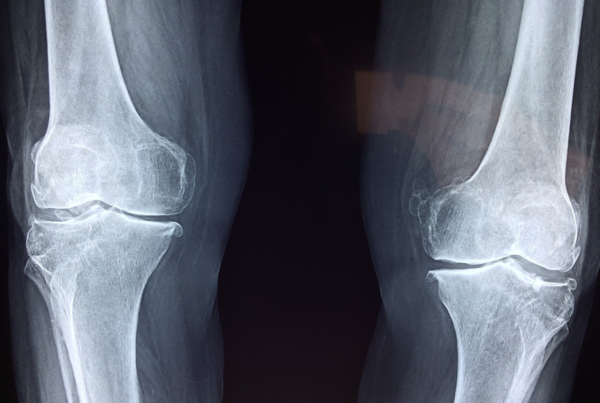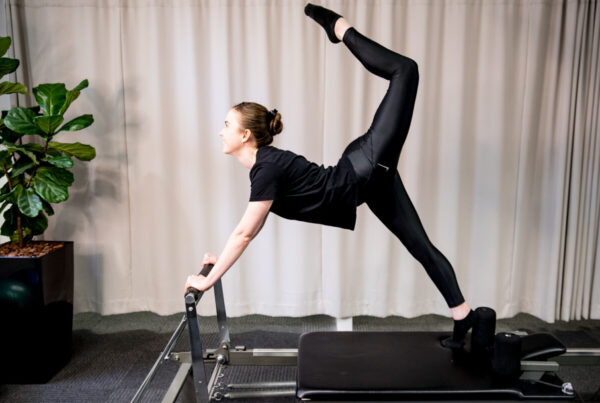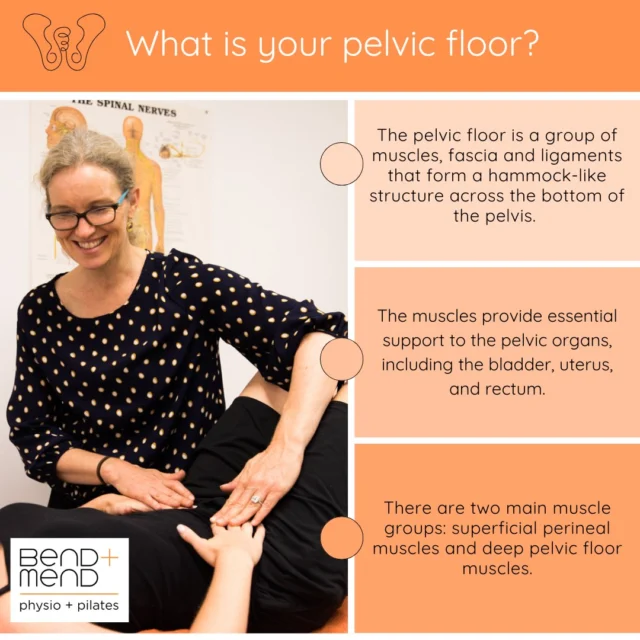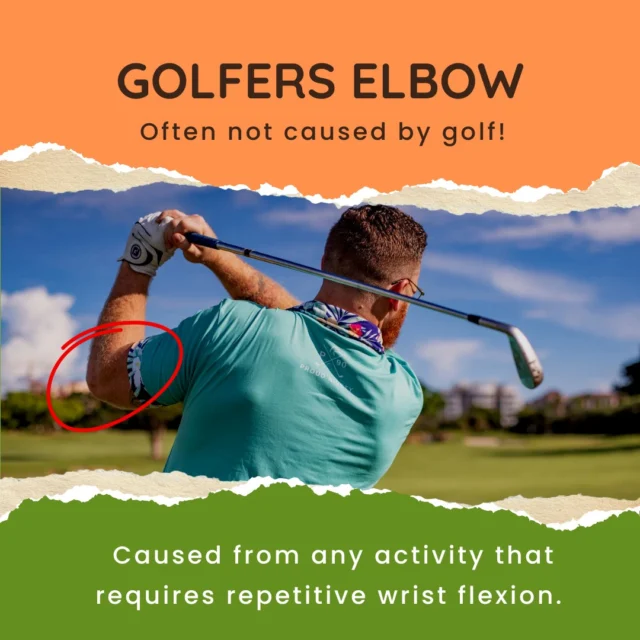 Soft sand running is probably my choice of exercise when it comes to cardio training, whether it’s in the form of sprints or long distance running. Apart from being an efficient way to workout, it’s free, great for the mind, provides a stunning view to accompany it, as well as a hard earned swim at the end of it!
Soft sand running is probably my choice of exercise when it comes to cardio training, whether it’s in the form of sprints or long distance running. Apart from being an efficient way to workout, it’s free, great for the mind, provides a stunning view to accompany it, as well as a hard earned swim at the end of it!
Soft sand running is harder than normal running as your lower limb and core muscles have to work harder to propel you along the sand whilst maintaining stability to ensure you don’t topple over. Some studies have shown that soft sand running uses 1.6 x more energy than running on a hard surface – so it’s definitely a more efficient way to work out if you’re time poor.
Here’s a few tips to help you with your soft sand running:
1. Calf raises (heel raises) – your calves have to work a lot harder on soft sand as you don’t have your normal heel strike pattern, as a result of this you tend to run on your forefeet and toes a bit more. Adding calf raises into a home strengthening or gym program will help build your calves so they can manage the increased load while running on sand.
2. Single leg balance exercises – as the sand provides an unstable service, your foot and ankle muscles need to work harder to stop you from rolling your ankles or falling over. If you’ve never done soft sand training before, you’ll find your ankle muscles can be quite sore or fatigued after your first few sessions. Single-leg balance specific exercises will help develop the muscles around your ankle to help with your stability as you run. Here are a couple of ideas to get you started – standing on one leg, standing on a half bosu ball or wobble board, incorporating a catch and throw with a ball whilst doing single leg balance, lunges and single leg squats.
3. Invest in a foam roller – as a result of your lower limb muscles having to work a whole lot harder, you will find as they develop strength, they may also feel quite tight. To help prevent further injury, using a foam roller to roll out your quadriceps, calves, iliotibial band and gluts is a great way to look after yourself pre or post training sessions.
4. Ease into it – if you’ve never run soft sand before, start out slow! Don’t start at your highest intensity or run for as long as you normally would. Your body will have to make adjustments to the new surface and running style, so progress from learning to walk on soft sand with shoes, to running on sand with shoes, to running without shoes. If you’ve never run barefoot before you will notice a significant difference once your shoes come off as the muscles in your ankle have to do more work!
5. Bring a towel – be sure to jump in the ocean after your run for a good recovery dip!
If you have any pre-existing injuries or are unsure whether soft sand running is for you, be sure to book an appointment with one of the Physiotherapists at Bend + Mend today.







